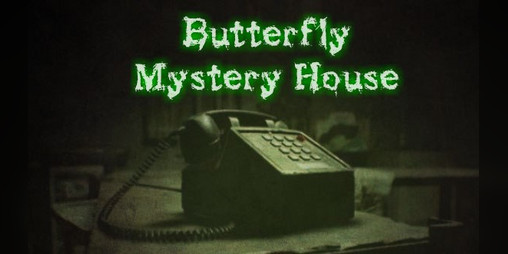

When I visited a computer store, be it in Peoria, Illinois or New Orleans, Louisiana, the game was a hit. John knew nothing about computers, and was very surprised to find that Ken’s new product was a game of all things, for he considered Ken a “chronic workaholic” who “didn’t have a fun bone in his body.” As he described in the tenth-anniversary issue of Sierra’s in-house magazine, John was soon traveling the country hawking On-Line System’s wares to computer stores:

Ken also called his younger brother John, at university in Illinois, to do the same there. Luckily, there were quite a few of these Ken and Roberta were living at the time in California’s Simi Valley, close to the sprawl of Los Angeles. Having decided to go it on their own, Ken and Roberta’s first sales tactic was to visit every local computer store they knew to demonstrate their products. With 100 blank disks, Ziploc bags for packaging, and a couple of magazine advertisements, they were in business.Ī few months ago I poked a bit of fun at Scott Adams for claiming credit on his website for “starting the entire multi billion dollar a year computer game industry.” The funny thing is, in a sense Ken and Roberta Williams could make a much more supportable claim to exactly that.
Mystery house game online apple 2 serial#
Figuring what was good enough for kidnappers and serial killers was good enough for them, Ken and Roberta made some advertising fliers by cutting letters and words out of magazines, pasting them onto backing stock, and photocopying the lot. With two actual products to sell, On-Line Systems was born in earnest in May of 1980. Why not sell it themselves, and keep all the money? To make the idea even more attractive, a friend of his had a simplistic little shooting game called Skeet Shoot that he was willing to let Ken market. He had already registered a company called On-Line Systems when he started planning that FORTRAN compiler. To understand why, you have to remember what kind of person Ken was - ambitious, driven, and unashamedly focused on the proverbial bottom line. They offered a 25 percent royalty, promising the couple could easily earn $9000 on the game by the end of the year. They instantly saw the potential of Mystery House when Ken and Roberta showed it to them. (One of the amusing aspects of these early publishers is their fondness for the aspirational “International” even though their industry still existed almost exclusively inside the U.S.) In addition to a nice selection of tools for programming and productivity, Programma also published plenty of games. The biggest of the publishers in the early Apple II market was called Programma International. The industry was still small, but it was growing rapidly, giving creators like Ken and Roberta with a novel product more options. Now, though, publishers - not least Adams’s own Adventure International - were rapidly professionalizing microcomputer software. Thus, Adams had little choice but to cobble together packaging using business cards and baby-formula liners and have at it.
Mystery house game online apple 2 software#
When Scott Adams created Adventureland almost two years earlier, virtually all microcomputer software was marketed directly by the programmers / entrepreneurs who had created it, through advertisements they made themselves and placed in computer stores, user groups, and magazines and through semi-professional organizations like the TRS-80 Software Exchange.

Now they had to decide what to do with it. In just one month during which Ken continued to hold down a day job, the couple implemented Mystery House in its entirety, including the design, writing, illustrations, and programming (in 100% assembly language for speed and efficiency, during an era when even most commercial software was still unashamedly coded in BASIC). Once Roberta sold Ken on the idea of Mystery House, he - typically enough, given his personality - threw himself into it.


 0 kommentar(er)
0 kommentar(er)
